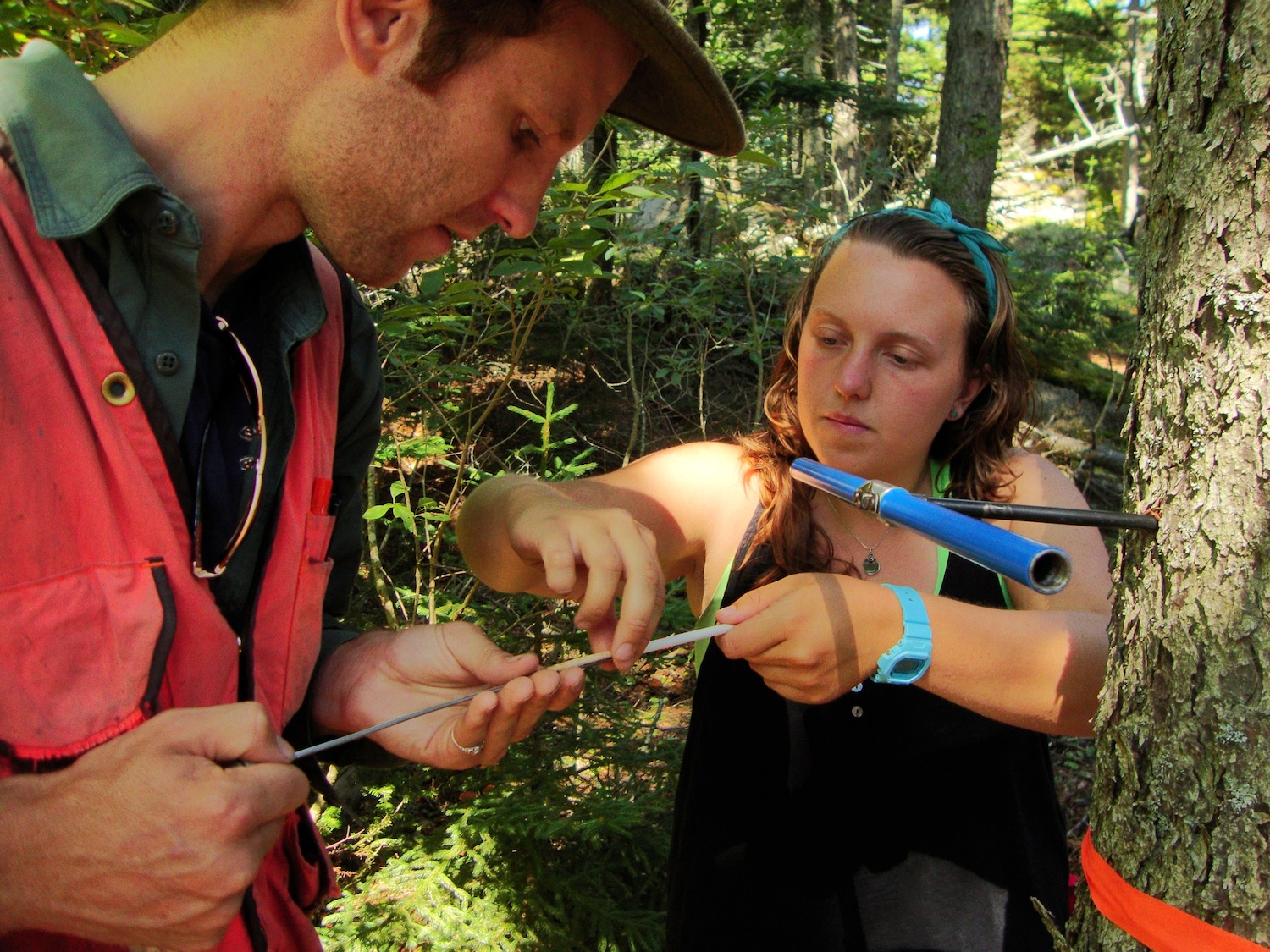This summer has been not only busy on-island with student programs, but also a busy field season collecting data for our collaborative scallop research project. In July 2014, we were awarded a grant administered by Maine Sea Grant with funding from the Maine Community Foundation and the Broad Reach Fund. In early August, we started conducting our second year of dive surveys on Muscle Ridge and Ocean Point. So far we have completed a total of 16 dive surveys on the Ocean Point scallop closure (you can read more about how this project has been set up here), and surrounding area to assess scallop abundance and to collect samples. These surveys have been conducted with the help of scientists from the Maine Department of Marine Resources and from our HIF science advisor, Dr. Rick Wahle's Lab based at the University of Maine's School of Marine Sciences. I've also been able to work alongside Susie Arnold, the Island Institute's marine scientist, to dive on Muscle Ridge. We've completed 8 sites so far and are hoping to get a few more days of diving in before fall officially arrives!
On September 11, 2014, a crew from Dr. Kevin Stokesbury's lab based at the University of Massachusetts at Dartmouth arrived in Maine and set up their drop camera rig on Tad Miller's dragger, F/V Julie Ann in Tenants Harbor. We then did three days of drop camera surveys on Muscle Ridge. To identify the sampling stations, we laid a 200 m x 200 m grid over the survey area and marked the center of each cell. We would then steam to the latitudinal and longitudinal coordinates of that center point and drop the camera to the bottom to take footage of the life below. Fortunately, we did not have any major technical difficulties and were able to increase the number of sites we sampled this year as compared to October 2013 where we lost a cable which limited our ability to sample deeper sites.
This weekend (September 19 - 21, 2014), I will work with one of our industry partners to set the spat bags out which will then be collected and processed next June. I hope we are able to wrap up the field work by the end of October then on to analysis and preparing for the 2015 field season!

























